This list gives you an idea of the equipment you will need for our Via Ferrate holidays in the Dolomites.
During the summer months the weather in the mountains is usually sunny with warm temperatures and you will find that often t-shirts and shorts can be worn throughout the day.
However the weather changes quickly and you always need to be prepared for cold and wet weather – we recommend that you bring 2-3 thin layers that you are able to put on/take off as the conditions change. Thin layers also allow better movement as opposed to one layer of bulky clothing.
On the Dolomites trips you will need to carry a pack with most of the gear that you require for the trip as you will be spending nights high in the mountains in one of the rifugios (alpine huts).
Try to limit the amount of gear you carry. Once you’re in the mountains you’ll quickly realise the benefit of ‘travelling light”.
If you are uncertain or need further information, please contact us.
-
Via Ferrate - Clothing
-
Base Layer Top and Bottoms - 1-2 thermal tops and 1 pair longjohns
-
2 midweight fleece tops or 1 fleece and 1 lightweight duvet jacket - More thin layers is preferable to fewer thick layers between your skin and the outer shell as it gives better heat retention and good flexibility
-
Lightweight trekking trousers
-
Walking shorts or a pair of trousers with zip-off legs
-
Weather Layer Top - Gore-Tex or other waterproof breathable jackets
-
Shirts - Long-sleeved and short-sleeved cotton or synthetic shirts
-
Lightweight over-trousers with long side zips
-
Sun hat and warm hat
-
Gloves - it is important to have a pair of gloves for Via Ferrata which are durable and robust, half-finger gloves are a good option Another option is to use some full or half finger cycling gloves
-
A pair of warm waterproof gloves in the event of cold weather
-
Gaiters - Good fitting pair of ankle gaiters to keep socks and boots dry
-
3-4 pairs of good quality socks
-
Via Ferrate - Footwear
You will need a good hiking or lightweight mountaineering boot that can take either a strap-on or clip-on crampon. Key features of a good hiking boot include vibram soles, reversed leather uppers (which protects the best site of the leather from scuffing and abrasion and improves durability and water resistance) and ankle flex and a higher cut which give control, mobility and support.
-
Via Ferrate - Technical
Essential items:
The following items may be required depending on the conditions:
All items can be hired from our guides.
-
Via Ferrate - Miscellaneous
- A rucksack with the capacity of between 35 - 40 liters
- Lightweight sleeping bag liner - now compulsory in all alpine mountain huts
- Water bottle (at least 1 liter) or Thermos
- Head torch spare with batteries
- Penknife
- Personal medications and first aid kit for blisters, sunburn and headaches (Note: Guides will have comprehensive first aid kits and are qualified in mountain first aid)
- Adjustable trekking pole(s)
- Sun Glasses, minimum category 3 for high altitude
- Sunscreen and Lip Protection
- Snack food - we advise you take some of your favourite hill snacks with you for each day to supplement food you can buy for lunches in the huts
- Duffel bag - for gear not required on the trip. Will be left at first hotel and collected on return
- Passport
- Money - You will need some cash for food and drinks. There are ATMs in the towns plus most hotels, shops and restaurants will accept credit cards. Huts are also increasingly able to accept credit cards but many still only take cash (Euros or Swiss Francs depending on the trip)
- Small wash kit with quick drying towel
- Alpine club card if you are a member of one
- Book, diary, pen, playing cards - for afternoons/evenings in the hut
 Off-Piste
Off-Piste Ski Touring
Ski Touring Via Ferrata
Via Ferrata Ice Climbing
Ice Climbing Alpine Glacier Trekking
Alpine Glacier Trekking Worldwide Trekking
Worldwide Trekking





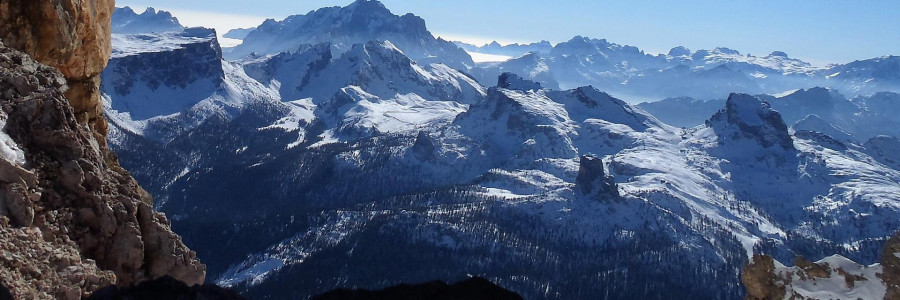


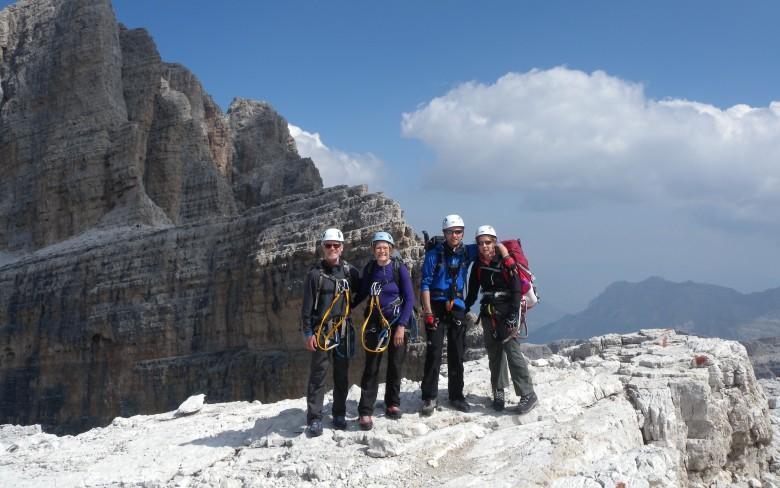
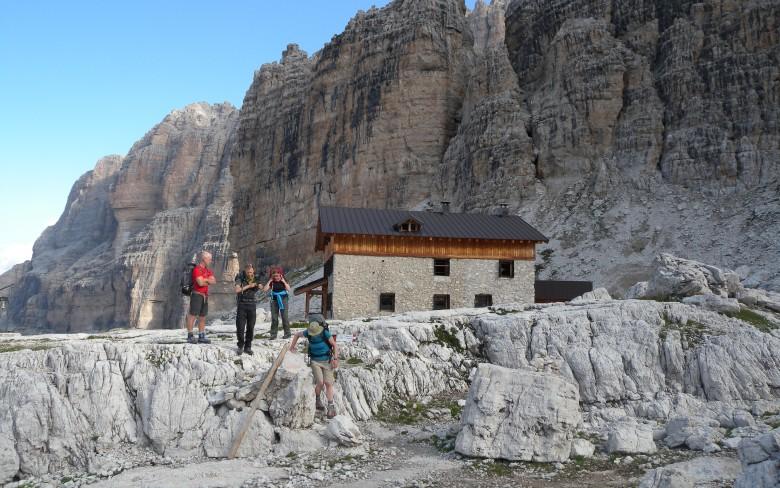

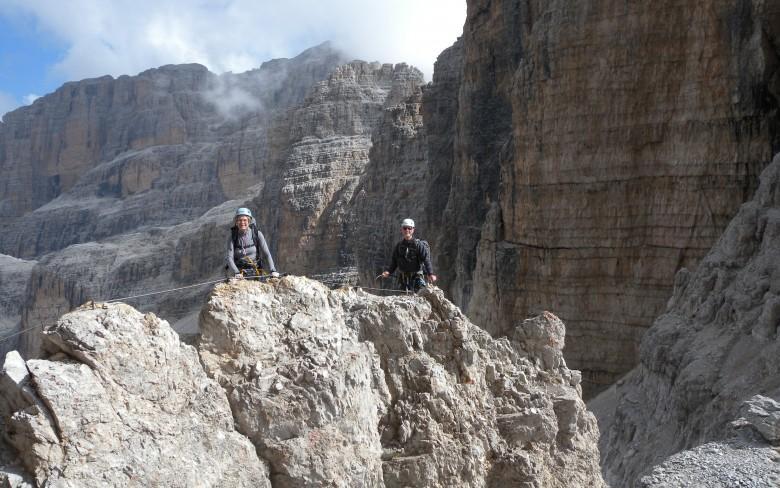
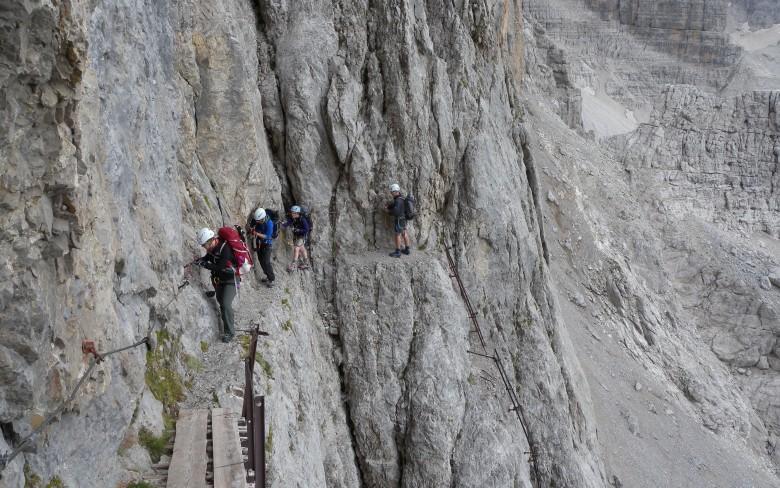
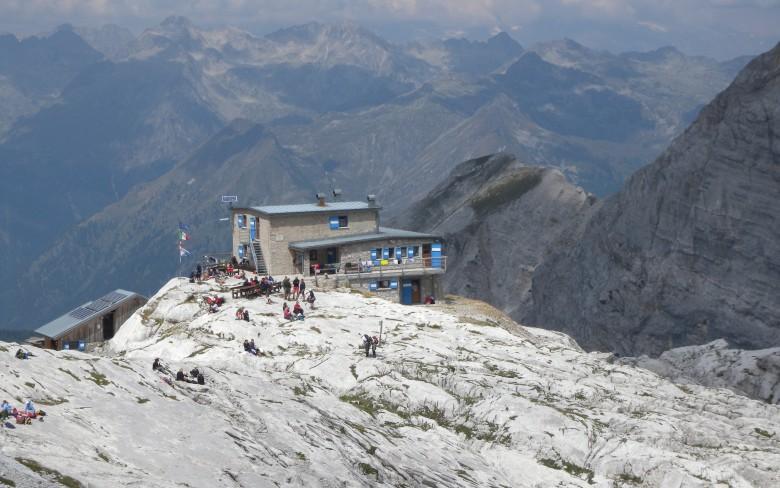
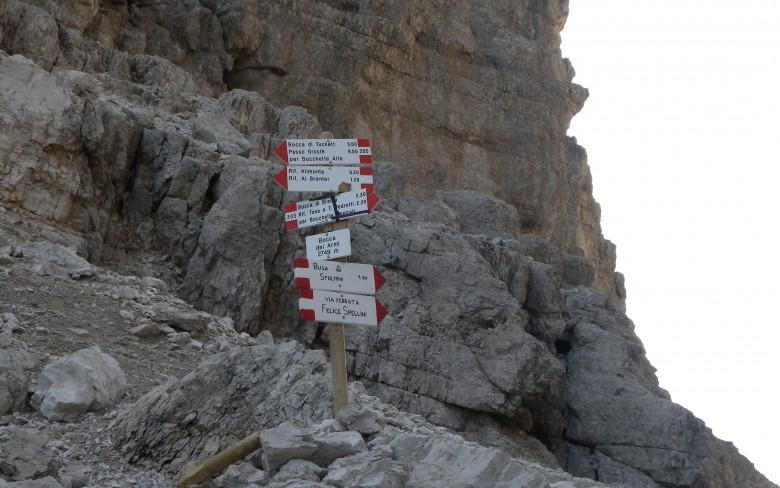
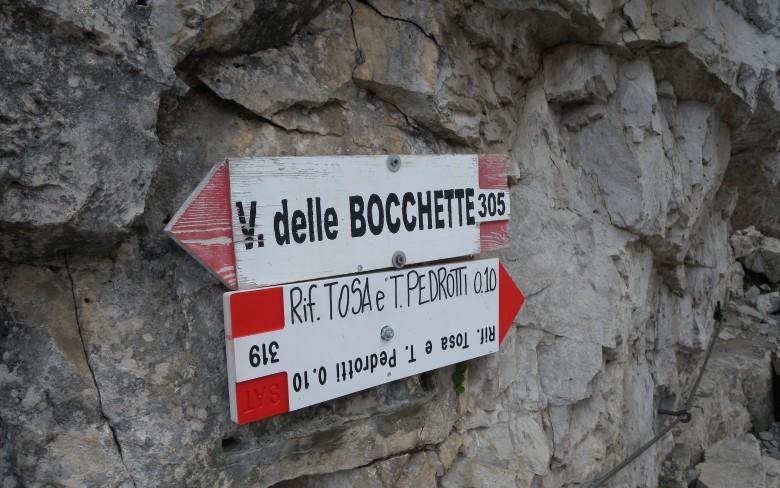
 Travel Website Development
Travel Website Development